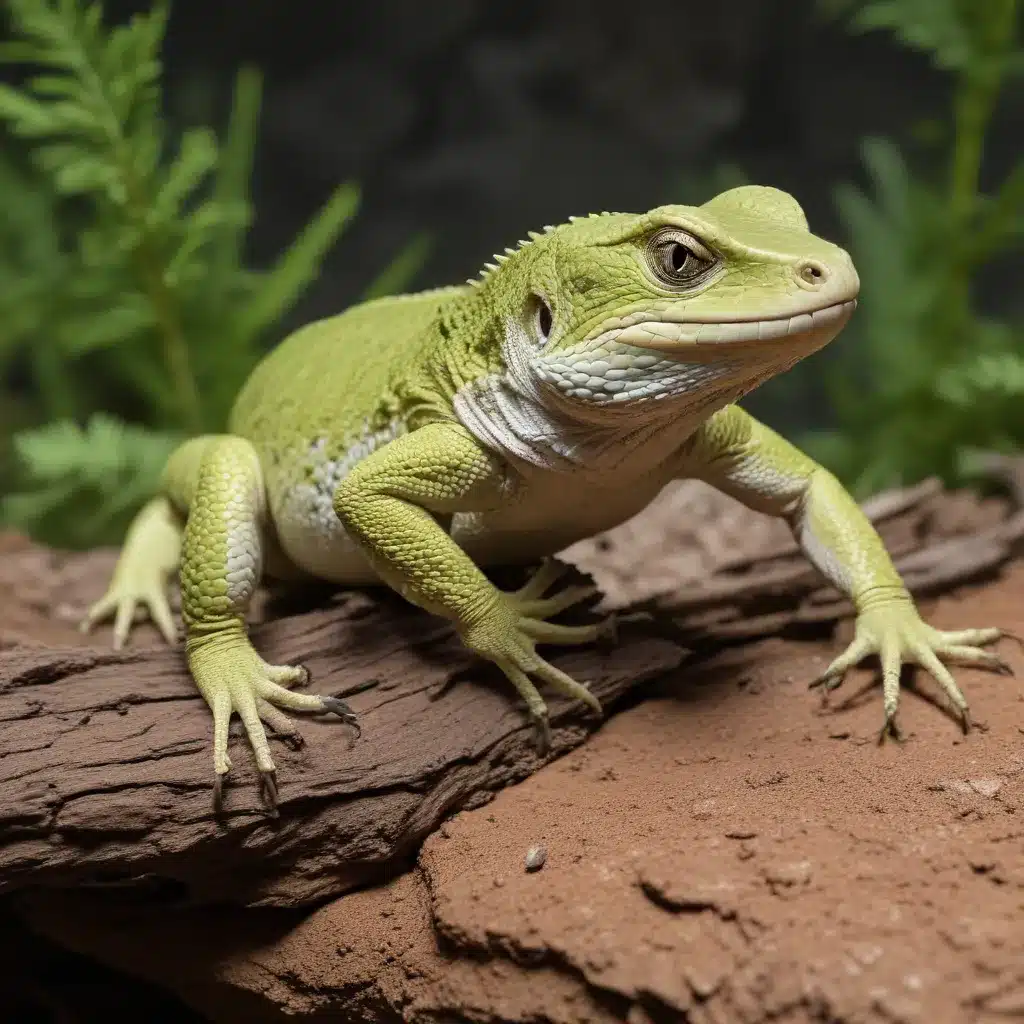
Understanding Reptile Diversity and Conservation Needs
Reptiles are a diverse group of animals, ranging from the iconic Komodo dragon to the delicate gecko. These cold-blooded creatures play a vital role in maintaining the balance of ecosystems worldwide. However, many reptile species are facing the threat of extinction due to habitat loss, poaching, and climate change. Captive breeding programs have emerged as a critical tool in the efforts to conserve endangered reptile populations.
Captive breeding involves the controlled reproduction of reptiles in a controlled, artificial environment, such as a zoo or specialized breeding facility. This approach aims to establish self-sustaining populations of rare or threatened species, which can then be used for conservation efforts, such as reintroduction into the wild or supplementation of wild populations. By carefully managing the breeding process, captive breeding programs can help maintain the genetic diversity of these species, ensuring their long-term survival.
Factors Influencing Captive Breeding Success
The success of captive breeding programs for reptiles depends on a variety of factors, including the species’ biology, environmental conditions, and the expertise of the breeding team. Understanding these factors is crucial for developing effective conservation strategies.
Research has shown that the reproductive biology of reptiles can significantly impact the success of captive breeding efforts. Some species, such as certain lizard and snake species, are relatively easy to breed in captivity, while others, like the Galapagos tortoise, can be more challenging due to their specific environmental and behavioral requirements.
In addition to the species’ biology, the environmental conditions of the captive facility play a crucial role in the breeding process. Factors such as temperature, humidity, and lighting must be carefully controlled to mimic the natural habitat of the reptiles. Improper environmental conditions can lead to stress, disease, and even reproductive failure.
The expertise and dedication of the breeding team are also essential for the success of captive breeding programs. Reptile keepers and biologists must have a deep understanding of the species’ natural history, behavior, and health requirements. Continuous research, training, and collaboration among experts are necessary to refine and improve captive breeding techniques.
Captive Breeding Techniques for Reptiles
To ensure the success of captive breeding programs for endangered reptiles, a variety of techniques have been developed and refined over time. Here are some of the key captive breeding techniques used in reptile conservation:
Habitat Replication
One of the critical aspects of captive breeding is the replication of the reptile’s natural habitat. This involves creating an enclosure that mimics the temperature, humidity, lighting, and substrate of the species’ native environment. By providing the appropriate environmental conditions, the reptiles are more likely to exhibit their natural breeding behaviors and successfully reproduce.
Hormone Manipulation
In some cases, hormone manipulation may be necessary to stimulate the reptiles’ breeding behaviors. This can involve the administration of synthetic hormones or the careful management of the reptiles’ natural hormonal cycles. Hormone manipulation is particularly useful for species that are difficult to breed or have specific reproductive requirements.
Genetic Management
Maintaining the genetic diversity of captive reptile populations is crucial for their long-term viability. Captive breeding programs often employ genetic management techniques, such as selective breeding and outbreeding, to ensure that the captive population remains genetically healthy and adaptable to changing environmental conditions.
Incubation and Hatchling Care
The successful incubation and hatchling care of reptile eggs is another critical aspect of captive breeding. Reptile eggs often have specific temperature, humidity, and substrate requirements for successful hatching. Hatchlings also require specialized care, including proper nutrition, housing, and disease prevention, to ensure their survival and healthy development.
Reintroduction and Supplementation
The ultimate goal of many captive breeding programs is the reintroduction of captive-bred reptiles into the wild or the supplementation of wild populations. This process requires careful planning and coordination with wildlife authorities and local communities to ensure the success and long-term sustainability of the conservation efforts.
Legal Considerations for Exotic Reptile Ownership and Sales
In addition to the technical aspects of captive breeding, it is essential to understand the legal requirements for the ownership and sale of exotic reptiles. Regulations vary significantly between regions and jurisdictions, and it is crucial for reptile enthusiasts, breeders, and pet owners to be aware of and comply with all applicable laws and regulations.
In the United States, the Endangered Species Act (ESA) provides federal protection for certain reptile species that are considered threatened or endangered. This means that the import, export, and interstate transport of these species are strictly regulated and may require special permits or licenses.
Additionally, many states and local municipalities have their own laws and regulations governing the ownership and sale of exotic reptiles. These laws may include requirements for permits, licenses, and recordkeeping, as well as restrictions on the sale or purchase of certain species.
It is the responsibility of reptile owners, breeders, and sellers to be aware of and comply with all relevant laws and regulations. Failure to do so can result in significant fines, legal penalties, and the confiscation of the animals. Responsible reptile enthusiasts should research and understand the legal requirements in their area before engaging in any activities related to exotic reptile ownership or sales.
Conclusion
Captive breeding programs play a crucial role in the conservation of endangered reptile species. By carefully managing the breeding process, replicating natural habitats, and ensuring legal compliance, these programs can help to preserve the genetic diversity and long-term survival of these remarkable creatures.
As reptile enthusiasts, breeders, and pet owners, it is our responsibility to support and participate in these conservation efforts. By staying informed about the latest captive breeding techniques, environmental requirements, and legal guidelines, we can contribute to the protection of reptile biodiversity and ensure that these unique animals continue to thrive in the wild and in captivity.
Visit https://exoticreptilesforsale.com/ to learn more about the world of exotic reptiles and how you can get involved in their conservation.

